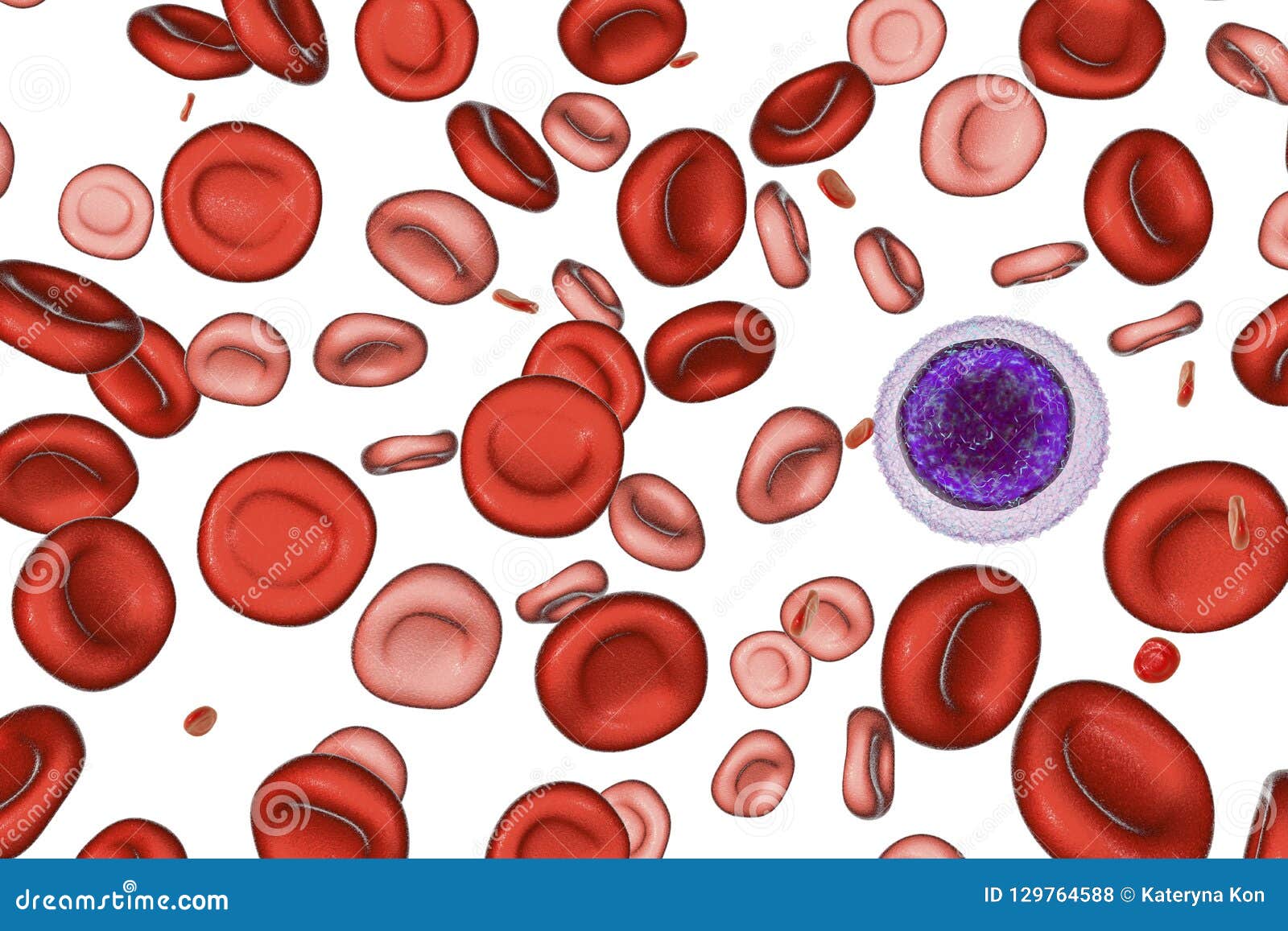Anemia small red blood cells. Microcytic Hypochromic Anemia: Causes, Symptoms, and Treatment
What are the main characteristics of microcytic hypochromic anemia. How is this type of anemia diagnosed and treated. What are the potential complications of untreated microcytic hypochromic anemia.
Understanding Microcytic Hypochromic Anemia: A Comprehensive Overview
Microcytic hypochromic anemia is a specific type of anemia characterized by red blood cells that are smaller than normal (microcytic) and contain less hemoglobin than usual (hypochromic). This condition results in a decreased ability of the blood to carry oxygen throughout the body, leading to various symptoms and potential health complications.
To fully grasp the nature of this condition, it’s essential to understand the normal composition of blood. In healthy individuals, red blood cells (erythrocytes) play a crucial role in oxygen transport. An average adult male has approximately 5.4 million red cells per cubic millimeter of blood, while females typically have about 4.8 million. These cells carry hemoglobin, an iron-containing protein responsible for oxygen transport from the lungs to the tissues.
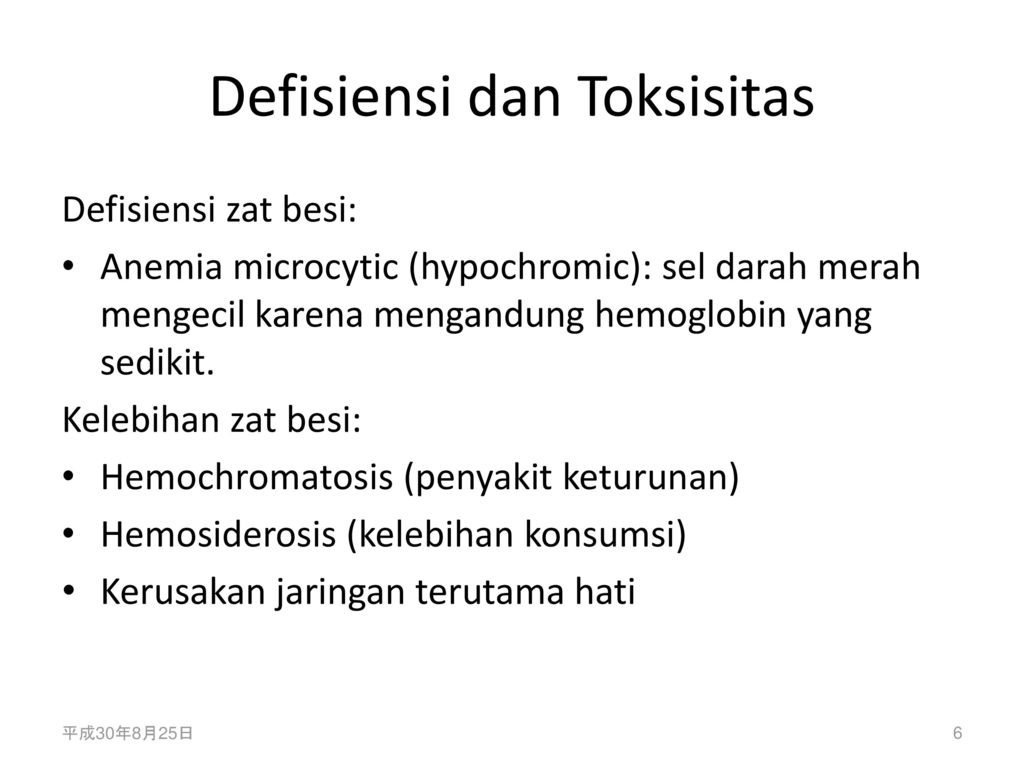
Key Characteristics of Microcytic Hypochromic Anemia
- Smaller red blood cells (microcytic)
- Reduced hemoglobin content in red blood cells (hypochromic)
- Decreased ability to transport oxygen
- Often associated with iron deficiency
Common Causes of Microcytic Hypochromic Anemia
Microcytic hypochromic anemia can result from various underlying conditions. Understanding these causes is crucial for proper diagnosis and treatment.
Iron Deficiency Anemia
The most common cause of microcytic hypochromic anemia is iron deficiency. Iron is essential for the production of hemoglobin, and a lack of this vital mineral can lead to the formation of smaller, paler red blood cells.
Thalassemia
Thalassemia is an inherited blood disorder that affects the production of hemoglobin. This genetic condition can result in microcytic hypochromic anemia, as the body struggles to produce normal red blood cells.
Chronic Lead Poisoning
Long-term exposure to lead can interfere with the body’s ability to produce hemoglobin, potentially leading to microcytic hypochromic anemia.
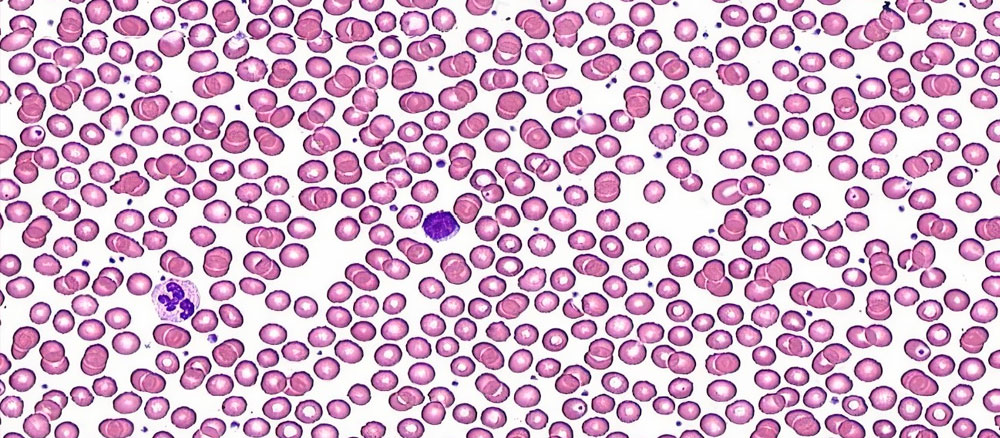
Sideroblastic Anemia
This rare condition affects the body’s ability to incorporate iron into hemoglobin, resulting in the production of abnormal red blood cells.
Recognizing the Symptoms of Microcytic Hypochromic Anemia
Identifying the symptoms of microcytic hypochromic anemia is crucial for early diagnosis and treatment. While some individuals may experience mild or no symptoms, others may face more severe manifestations.
Common Symptoms
- Fatigue and weakness
- Shortness of breath
- Pale skin
- Dizziness
- Cold hands and feet
- Chest pain
- Irregular heartbeats
Is fatigue always indicative of microcytic hypochromic anemia? While fatigue is a common symptom, it can be associated with numerous other conditions. A proper medical evaluation is necessary to determine the underlying cause of persistent fatigue.
Diagnostic Approaches for Microcytic Hypochromic Anemia
Accurate diagnosis of microcytic hypochromic anemia involves a combination of clinical evaluation, physical examination, and laboratory tests. Healthcare providers employ various diagnostic tools to identify the condition and its underlying cause.

Complete Blood Count (CBC)
A CBC is typically the first test ordered when anemia is suspected. It provides information about the number, size, and characteristics of blood cells.
Peripheral Blood Smear
This test involves examining a sample of blood under a microscope to assess the size, shape, and color of red blood cells.
Iron Studies
Measurements of serum iron, ferritin, and total iron-binding capacity help determine if iron deficiency is the underlying cause.
Hemoglobin Electrophoresis
This test can help diagnose thalassemia by separating different types of hemoglobin.
How accurate is a CBC in diagnosing microcytic hypochromic anemia? While a CBC is a valuable initial screening tool, it may not definitively diagnose the condition or its underlying cause. Additional tests are often necessary for a comprehensive evaluation.
Treatment Strategies for Microcytic Hypochromic Anemia
The treatment of microcytic hypochromic anemia depends on its underlying cause. Addressing the root issue is essential for effective management and prevention of complications.
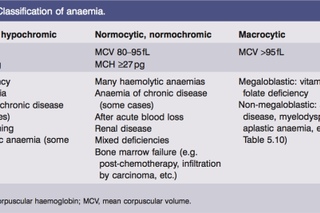
Iron Supplementation
For iron deficiency anemia, oral or intravenous iron supplements are typically prescribed. The choice between oral and intravenous administration depends on the severity of the deficiency and the patient’s ability to tolerate oral supplements.
Dietary Changes
Incorporating iron-rich foods into the diet can help prevent and treat iron deficiency anemia. Foods high in iron include:
- Red meat
- Poultry
- Fish
- Beans and lentils
- Dark leafy greens
- Fortified cereals
Treatment of Underlying Conditions
For conditions like thalassemia or sideroblastic anemia, treatment may involve managing symptoms, blood transfusions, or in some cases, bone marrow transplantation.
Addressing Lead Poisoning
In cases of chronic lead poisoning, removing the source of lead exposure and chelation therapy may be necessary.
Can microcytic hypochromic anemia be cured completely? The prognosis depends on the underlying cause. Iron deficiency anemia, for instance, can often be fully resolved with proper treatment. However, genetic conditions like thalassemia may require ongoing management.
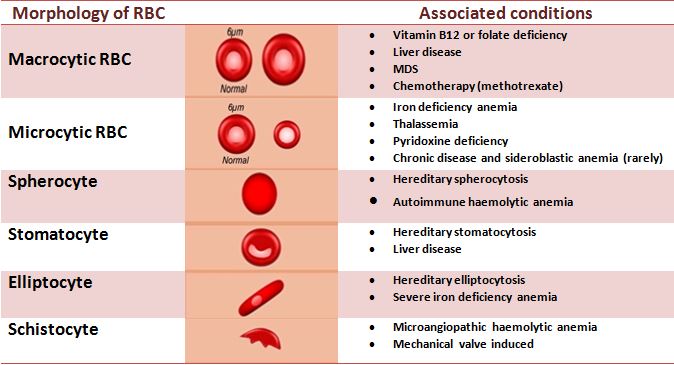
Potential Complications of Untreated Microcytic Hypochromic Anemia
Left untreated, microcytic hypochromic anemia can lead to various complications, some of which can be severe. Understanding these potential risks underscores the importance of timely diagnosis and treatment.
Cardiovascular Issues
Severe anemia can strain the heart, potentially leading to:
- Rapid or irregular heartbeat
- Enlarged heart
- Heart failure
Pregnancy Complications
In pregnant women, untreated anemia can increase the risk of:
- Preterm delivery
- Low birth weight
- Postpartum depression
Growth and Developmental Issues
In children, chronic anemia can lead to:
- Delayed growth and development
- Cognitive impairments
- Behavioral problems
Increased Susceptibility to Infections
Anemia can weaken the immune system, making individuals more prone to infections.
How quickly can complications develop from untreated microcytic hypochromic anemia? The timeline for complication development varies depending on the severity of the anemia and individual factors. Some complications may develop gradually over months or years, while others can occur more rapidly in severe cases.
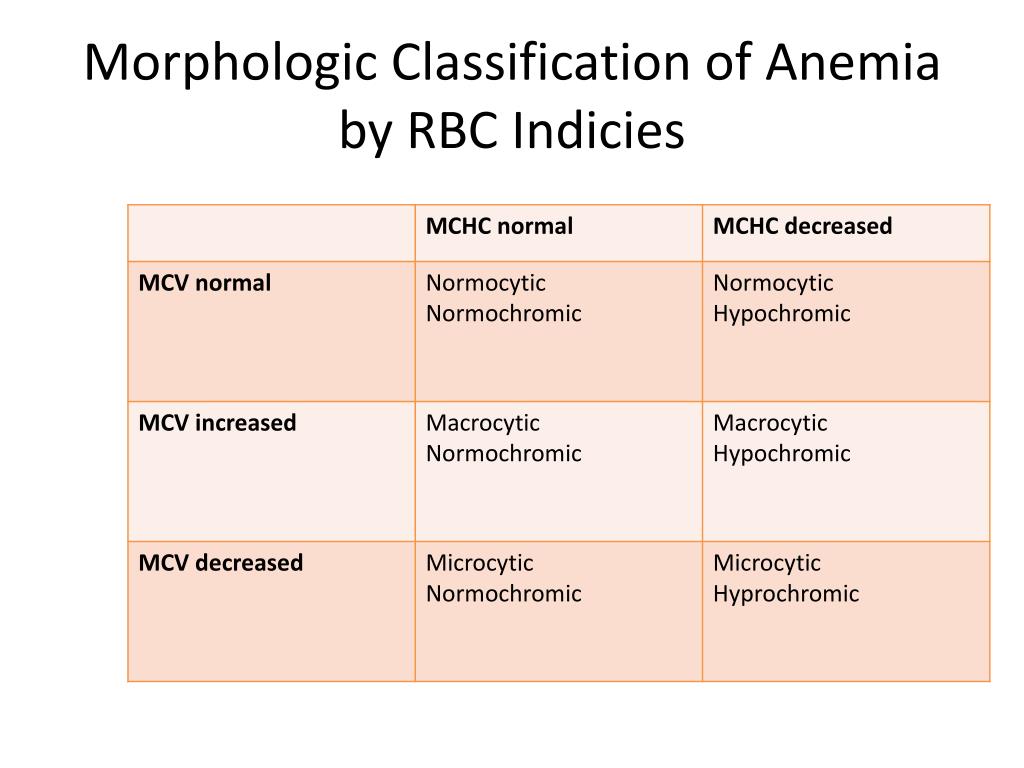
Prevention Strategies for Microcytic Hypochromic Anemia
While not all cases of microcytic hypochromic anemia can be prevented, certain strategies can reduce the risk of developing this condition, particularly when it’s related to iron deficiency.
Balanced Diet
Consuming a diet rich in iron and other essential nutrients is crucial. Include a variety of iron sources such as:
- Lean meats
- Seafood
- Beans and lentils
- Fortified grains
- Nuts and seeds
Vitamin C Intake
Vitamin C enhances iron absorption. Consuming vitamin C-rich foods alongside iron sources can improve iron uptake.
Regular Health Check-ups
Routine blood tests can help detect anemia early, allowing for prompt treatment.
Managing Chronic Conditions
Properly managing conditions that can lead to anemia, such as inflammatory bowel disease or chronic kidney disease, is essential for prevention.
Avoiding Lead Exposure
Take precautions to avoid lead exposure, especially in older homes or certain occupations.
Is genetic counseling beneficial for preventing microcytic hypochromic anemia? For inherited conditions like thalassemia, genetic counseling can be valuable. It can help individuals understand their risk of passing the condition to their children and make informed decisions about family planning.
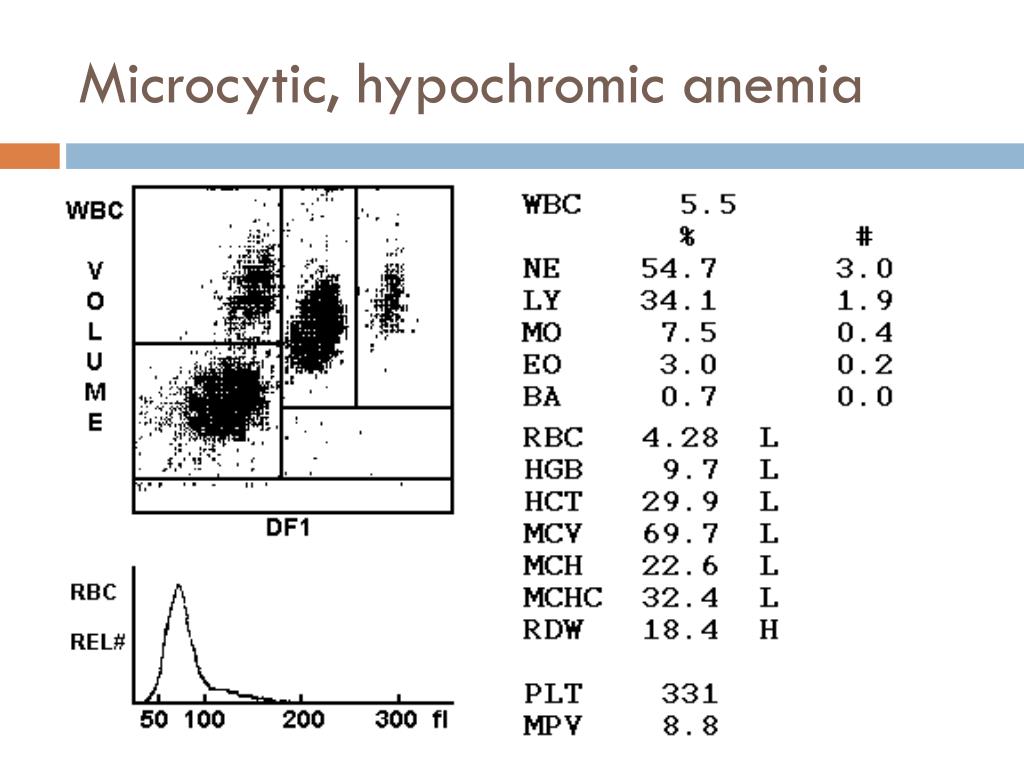
Living with Microcytic Hypochromic Anemia: Lifestyle Adjustments and Coping Strategies
Managing microcytic hypochromic anemia often involves more than just medical treatment. Lifestyle adjustments and coping strategies can significantly improve quality of life for individuals living with this condition.
Energy Management
Fatigue is a common symptom of anemia. Implementing energy conservation techniques can help:
- Prioritize important tasks
- Take regular breaks
- Delegate tasks when possible
- Practice good sleep hygiene
Exercise and Physical Activity
While it may seem counterintuitive, regular moderate exercise can help improve energy levels and overall well-being. However, it’s essential to:
- Start slowly and gradually increase intensity
- Listen to your body and avoid overexertion
- Consult with a healthcare provider before starting a new exercise regimen
Stress Management
Chronic health conditions can be stressful. Implementing stress-reduction techniques can be beneficial:
- Mindfulness and meditation
- Deep breathing exercises
- Yoga or tai chi
- Engaging in hobbies or relaxing activities
Support Systems
Building a strong support system is crucial for managing any chronic condition:

- Join support groups for individuals with anemia or related conditions
- Communicate openly with friends and family about your needs
- Consider counseling or therapy if needed
Dietary Considerations
In addition to iron-rich foods, consider:
- Avoiding foods that can interfere with iron absorption, such as caffeine and calcium-rich foods, when taking iron supplements
- Incorporating foods rich in folate and vitamin B12, which are important for red blood cell production
- Staying hydrated to support overall health and blood volume
Can lifestyle changes alone treat microcytic hypochromic anemia? While lifestyle adjustments are important for managing symptoms and supporting overall health, they typically cannot replace medical treatment for underlying causes of microcytic hypochromic anemia. A comprehensive approach combining medical treatment and lifestyle changes is usually most effective.
Emerging Research and Future Directions in Microcytic Hypochromic Anemia Treatment
The field of hematology is constantly evolving, with ongoing research aimed at improving the diagnosis, treatment, and management of microcytic hypochromic anemia. Several promising areas of study are currently underway.
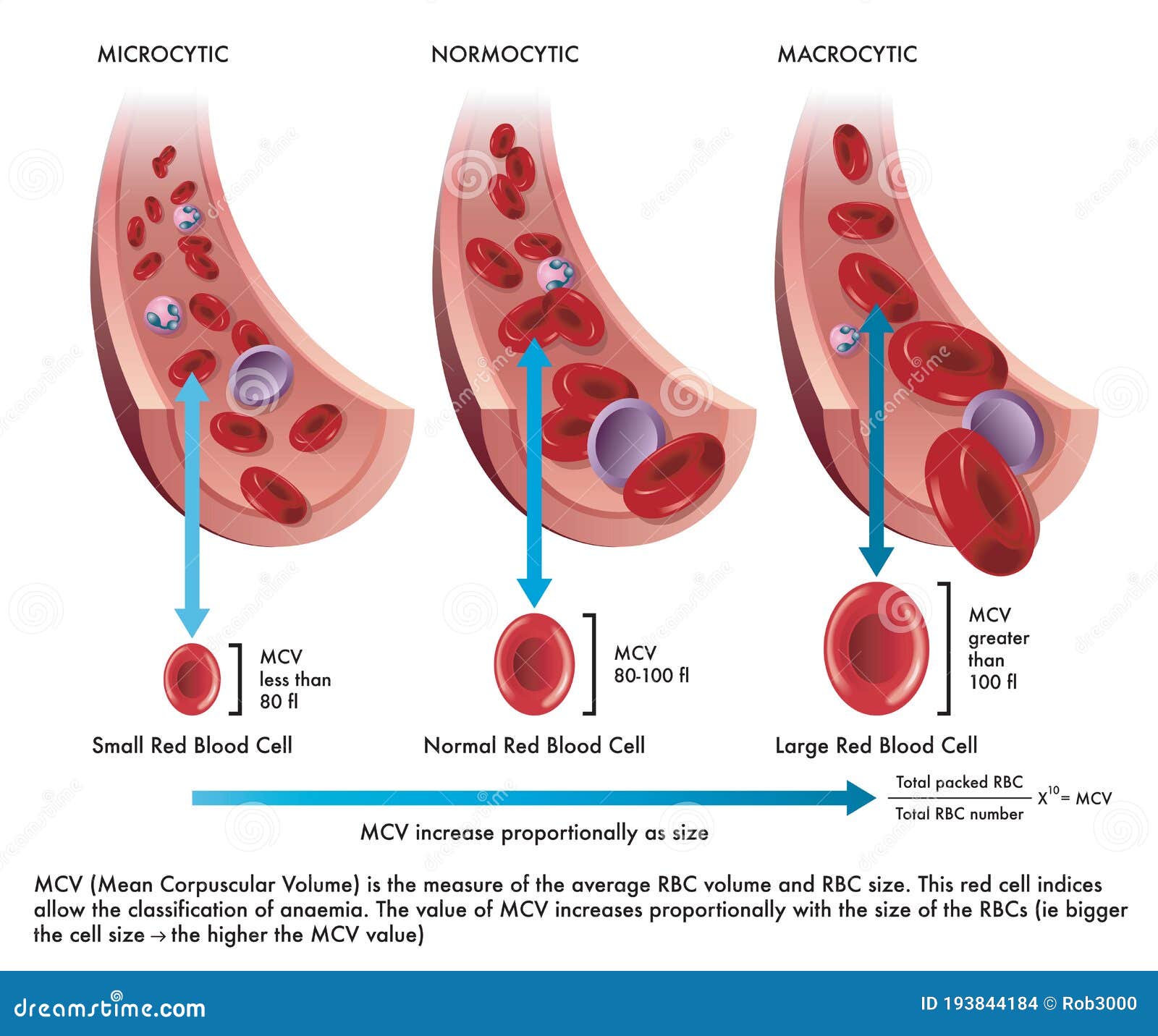
Gene Therapy for Thalassemia
Researchers are exploring gene therapy as a potential cure for beta-thalassemia, a genetic cause of microcytic hypochromic anemia. This approach involves:
- Modifying a patient’s own stem cells to produce functional hemoglobin
- Reintroducing these modified cells into the patient’s body
- Potentially eliminating the need for lifelong blood transfusions
Novel Iron Formulations
Scientists are developing new iron formulations to improve absorption and reduce side effects associated with traditional iron supplements. These include:
- Nanoparticle-based iron supplements
- Iron-containing food additives
- Novel oral iron preparations with enhanced bioavailability
Hepcidin Modulators
Hepcidin, a hormone that regulates iron metabolism, is a target for new therapies. Researchers are investigating:
- Hepcidin antagonists to improve iron absorption in certain types of anemia
- Hepcidin agonists to treat iron overload disorders
Improved Diagnostic Tools
Advancements in diagnostic technology aim to provide more accurate and efficient diagnosis of microcytic hypochromic anemia:
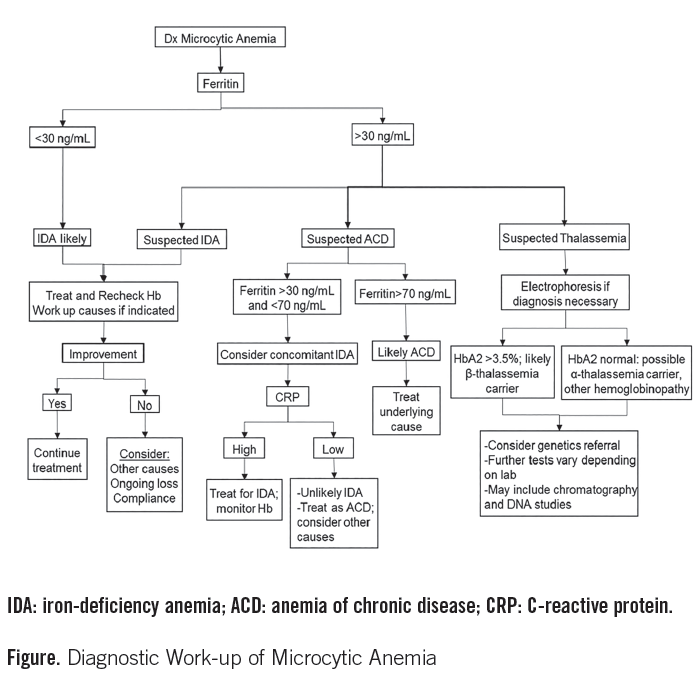
- Point-of-care testing for rapid anemia diagnosis
- Advanced genetic testing for inherited anemias
- AI-assisted analysis of blood smears
Personalized Medicine Approaches
The future of anemia treatment may involve more personalized approaches based on an individual’s genetic profile and specific type of anemia. This could include:
- Tailored treatment plans based on genetic markers
- Precision dosing of iron supplements
- Combination therapies targeting multiple aspects of red blood cell production
How soon might these emerging treatments become available to patients? The timeline for new treatments varies widely. While some novel iron formulations may become available in the near future, gene therapies and other more complex approaches may take several years to complete clinical trials and gain regulatory approval. Ongoing research continues to bring us closer to more effective and personalized treatments for microcytic hypochromic anemia.
Blood disease | Types, Causes, & Symptoms
iron-deficiency anemia
See all media
- Related Topics:
- bleeding and blood clotting
hypoglycemia
leukemia
hemophilia
thrombocytopenia
See all related content →
blood disease, any disease of the blood, involving the red blood cells (erythrocytes), white blood cells (leukocytes), or platelets (thrombocytes) or the tissues in which these elements are formed—the bone marrow, lymph nodes, and spleen—or of bleeding and blood clotting.
Long before the nature and composition of blood were known, a variety of symptoms were attributed to disordered blood. Red blood cells were not recognized until the 17th century, and it was another 100 years before one of the types of white blood cells, the lymphocyte, and the clotting of blood (coagulation) were described. In the 19th century other forms of leukocytes were discovered, and a number of diseases of the blood and blood-forming organs were distinguished. Morphological changes—the changes in form and structure—that take place in the blood during disease and the signs and symptoms of the various blood diseases were described in the 19th century and the first quarter of the 20th century. In the years that followed, a more physiological approach began to develop, concerned with the mechanisms underlying the development of blood disease and with the ways in which abnormalities might be corrected.
Morphological changes—the changes in form and structure—that take place in the blood during disease and the signs and symptoms of the various blood diseases were described in the 19th century and the first quarter of the 20th century. In the years that followed, a more physiological approach began to develop, concerned with the mechanisms underlying the development of blood disease and with the ways in which abnormalities might be corrected.
Certain features of the physical examination are especially important in the diagnosis of blood disease. These include noting the presence or absence of pallor or, the opposite, an excess of colour; jaundice, red tongue, and enlargement of the heart, liver, spleen, or lymph nodes; small purple spots or larger bruises on the skin; and tenderness of the bones.
Since the blood circulates throughout the body and carries nutritive substances as well as waste products, examination of it can be important in detecting the presence of disease. Examination of the blood may be considered in two categories: the analysis of the plasma (the noncellular portion of blood) and the study of the blood cells. Examination of the plasma includes measurement of plasma proteins, blood sugar (glucose), salts (electrolytes), lipids, enzymes, urea, and various hormones. Such measurements also are useful in the identification of diseases that are not classified as blood diseases—e.g., diabetes, kidney disease, and thyroid disease. Special studies of plasma or its components can be carried out to determine the status of blood clotting. Laboratory studies of blood cells particularly valuable in diagnosis of disease include (1) determination of the number and characteristics of red cells (i.e., the existence of anemia or polycythemia), (2) study of the number and proportions of types of white cells, and (3) enumeration of the blood platelets and a study of the blood-clotting process. Microscopic inspection of films of blood dried on glass slides and stained with aniline dyes allows observation of variations in the size and colour and other abnormalities of individual red cells and also permits examination of the white cells and platelets.
Examination of the plasma includes measurement of plasma proteins, blood sugar (glucose), salts (electrolytes), lipids, enzymes, urea, and various hormones. Such measurements also are useful in the identification of diseases that are not classified as blood diseases—e.g., diabetes, kidney disease, and thyroid disease. Special studies of plasma or its components can be carried out to determine the status of blood clotting. Laboratory studies of blood cells particularly valuable in diagnosis of disease include (1) determination of the number and characteristics of red cells (i.e., the existence of anemia or polycythemia), (2) study of the number and proportions of types of white cells, and (3) enumeration of the blood platelets and a study of the blood-clotting process. Microscopic inspection of films of blood dried on glass slides and stained with aniline dyes allows observation of variations in the size and colour and other abnormalities of individual red cells and also permits examination of the white cells and platelets. It is sometimes necessary to examine bone marrow or a lymph node microscopically, and X-ray examinations may be necessary for the detection of organ or lymph node enlargement or bone abnormalities. More-unusual cases may require further examinations—e.g., special serological (serum-related) or biochemical procedures or various measurements using radioactive isotopes to outline an organ or quantitate blood volume.
It is sometimes necessary to examine bone marrow or a lymph node microscopically, and X-ray examinations may be necessary for the detection of organ or lymph node enlargement or bone abnormalities. More-unusual cases may require further examinations—e.g., special serological (serum-related) or biochemical procedures or various measurements using radioactive isotopes to outline an organ or quantitate blood volume.
Britannica Quiz
Medical Terms and Pioneers Quiz
The quantity of red blood cells (erythrocytes) in normal persons varies with age and sex as well as with external conditions, primarily atmospheric pressure. At sea level an average man has 5.4 million red cells per cubic millimetre of blood. From the physiological standpoint, it is the quantity of hemoglobin in the blood that is important because this iron-containing protein is required for the transport of oxygen from the lungs to the tissues. Red cells carry an average of 16 grams of hemoglobin per 100 millilitres of blood.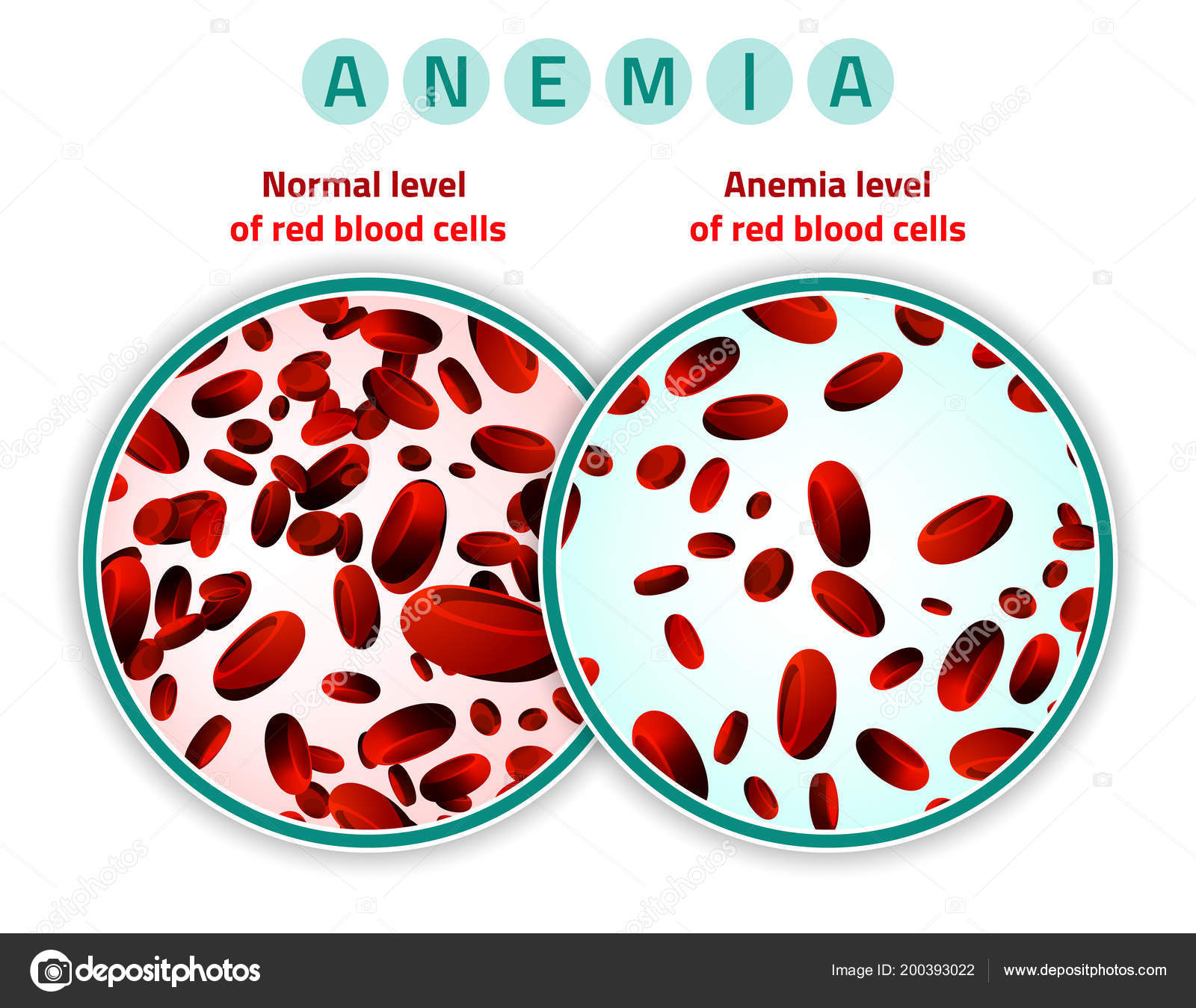 If such blood is centrifuged so that the red cells are packed in a special tube known as the hematocrit, they are found on the average to occupy 47 percent of the volume of the blood. In the average woman the normal figures are lower than this (red cell count 4.8 million; hemoglobin 14 grams; volume of packed red cells 42 percent). In the newborn infant these values are higher but decrease in the course of the first several weeks of postnatal life to levels below those of the normal woman; thereafter they rise gradually. The differences in male and female blood begin to appear at about the time of puberty.
If such blood is centrifuged so that the red cells are packed in a special tube known as the hematocrit, they are found on the average to occupy 47 percent of the volume of the blood. In the average woman the normal figures are lower than this (red cell count 4.8 million; hemoglobin 14 grams; volume of packed red cells 42 percent). In the newborn infant these values are higher but decrease in the course of the first several weeks of postnatal life to levels below those of the normal woman; thereafter they rise gradually. The differences in male and female blood begin to appear at about the time of puberty.
Red cells are formed within the marrow cavities of the central bones of the adult skeleton (skull, spine, ribs, breastbone, pelvic bones). In a healthy person, red cell production (erythropoiesis) is so well adjusted to red cell destruction that the levels of red cells and hemoglobin remain constant. The rate of production of red cells by the bone marrow normally is controlled by a physiological feedback mechanism analogous to the thermostatic control of temperature in a room.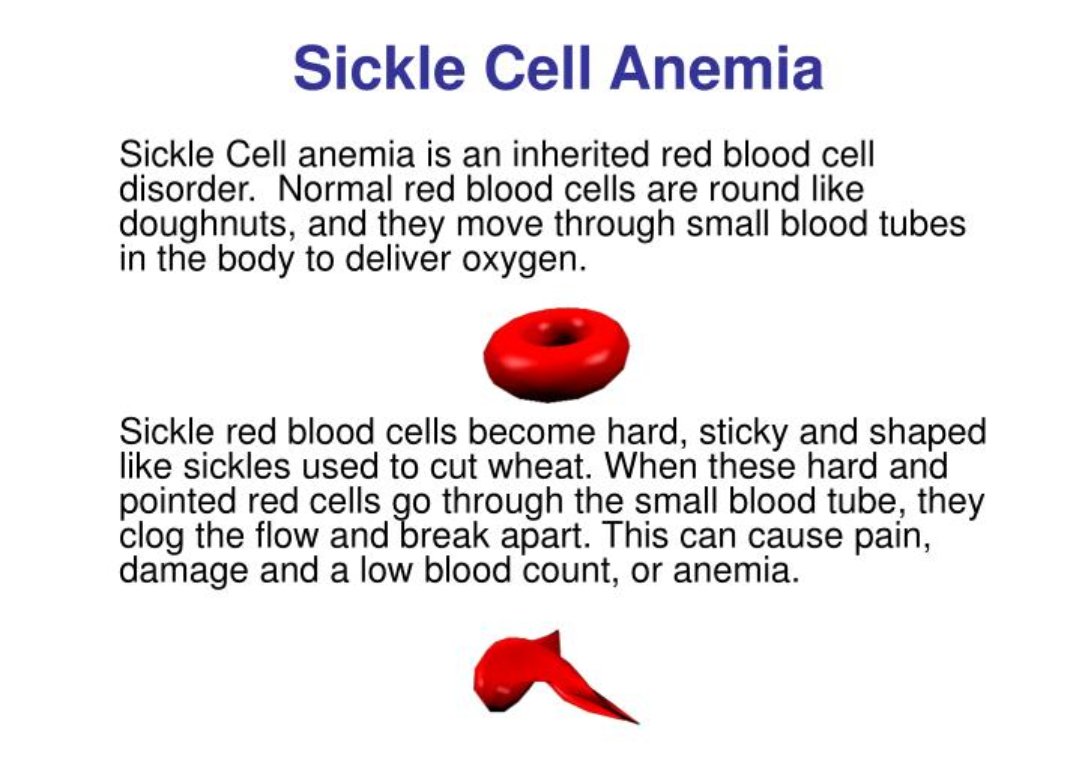 The mechanism is triggered by a reduction of oxygen in the tissues (hypoxia) and operates through the action of the hormone erythropoietin in the formation of which the kidney plays an important role. Erythropoietin is released and stimulates further erythropoiesis. When oxygen needs are satisfied, erythropoietin production is reduced and red cell production diminishes.
The mechanism is triggered by a reduction of oxygen in the tissues (hypoxia) and operates through the action of the hormone erythropoietin in the formation of which the kidney plays an important role. Erythropoietin is released and stimulates further erythropoiesis. When oxygen needs are satisfied, erythropoietin production is reduced and red cell production diminishes.
Get a Britannica Premium subscription and gain access to exclusive content.
Subscribe Now
In disease, as well as in certain situations in which physiological adjustments take place, the quantity of hemoglobin may be reduced below normal levels, a condition known as anemia, or may be increased above normal, leading to polycythemia (also called erythrocytosis).
What is Thalassemia? | CDC
Thalassemia is an inherited (i.e., passed from parents to children through genes) blood disorder caused when the body doesn’t make enough of a protein called hemoglobin, an important part of red blood cells. When there isn’t enough hemoglobin, the body’s red blood cells don’t function properly and they last shorter periods of time, so there are fewer healthy red blood cells traveling in the bloodstream.
When there isn’t enough hemoglobin, the body’s red blood cells don’t function properly and they last shorter periods of time, so there are fewer healthy red blood cells traveling in the bloodstream.
Red blood cells carry oxygen to all the cells of the body. Oxygen is a sort of food that cells use to function. When there are not enough healthy red blood cells, there is also not enough oxygen delivered to all the other cells of the body, which may cause a person to feel tired, weak or short of breath. This is a condition called anemia. People with thalassemia may have mild or severe anemia. Severe anemia can damage organs and lead to death.
What are the different types of thalassemia?
When we talk about different “types” of thalassemia, we might be talking about one of two things: the specific part of hemoglobin that is affected (usually either “alpha” or “beta”), or the severity of thalassemia, which is noted by words like trait, carrier, intermedia, or major.
Hemoglobin, which carries oxygen to all cells in the body, is made of two different parts, called alpha and beta. When thalassemia is called “alpha” or “beta,” this refers to the part of hemoglobin that isn’t being made. If either the alpha or beta part is not made, there aren’t enough building blocks to make normal amounts of hemoglobin. Low alpha is called alpha thalassemia. Low beta is called beta thalassemia.
When thalassemia is called “alpha” or “beta,” this refers to the part of hemoglobin that isn’t being made. If either the alpha or beta part is not made, there aren’t enough building blocks to make normal amounts of hemoglobin. Low alpha is called alpha thalassemia. Low beta is called beta thalassemia.
When the words “trait,” “minor,” “intermedia,” or “major” are used, these words describe how severe the thalassemia is. A person who has thalassemia trait may not have any symptoms at all or may have only mild anemia, while a person with thalassemia major may have severe symptoms and may need regular blood transfusions.
In the same way that traits for hair color and body structure are passed down from parents to children, thalassemia traits are passed from parents to children. The type of thalassemia that a person has depends on how many and what type of traits for thalassemia a person has inherited, or received from their parents. For instance, if a person receives a beta thalassemia trait from his father and another from his mother, he will have beta thalassemia major. If a person received an alpha thalassemia trait from her mother and the normal alpha parts from her father, she would have alpha thalassemia trait (also called alpha thalassemia minor). Having a thalassemia trait means that you may not have any symptoms, but you might pass that trait on to your children and increase their risk for having thalassemia.
If a person received an alpha thalassemia trait from her mother and the normal alpha parts from her father, she would have alpha thalassemia trait (also called alpha thalassemia minor). Having a thalassemia trait means that you may not have any symptoms, but you might pass that trait on to your children and increase their risk for having thalassemia.
Sometimes, thalassemias have other names, like Constant Spring, Cooley’s Anemia, or hemoglobin Bart hydrops fetalis. These names are specific to certain thalassemias – for instance, Cooley’s Anemia is the same thing as beta thalassemia major.
How do I know if I have thalassemia?
People with moderate and severe forms of thalassemia usually find out about their condition in childhood, since they have symptoms of severe anemia early in life. People with less severe forms of thalassemia may only find out because they are having symptoms of anemia, or maybe because a doctor finds anemia on a routine blood test or a test done for another reason.
Because thalassemias are inherited, the condition sometimes runs in families. Some people find out about their thalassemia because they have relatives with a similar condition.
People who have family members from certain parts of the world have a higher risk for having thalassemia. Traits for thalassemia are more common in people from Mediterranean countries, like Greece and Turkey, and in people from Asia, Africa, and the Middle East. If you have anemia and you also have family members from these areas, your doctor might test your blood further to find out if you have thalassemia.
Can I prevent thalassemia?
Because thalassemia is passed from parents to children, it is very hard to prevent. However, if you or your partner knows of family members with thalassemia, or if you both have family members from places in the world where thalassemia is common, you can speak to a genetic counselor (go to: https://www.nsgc.org/page/find-a-genetic-counselor) to determine what your risk would be of passing thalassemia to your children.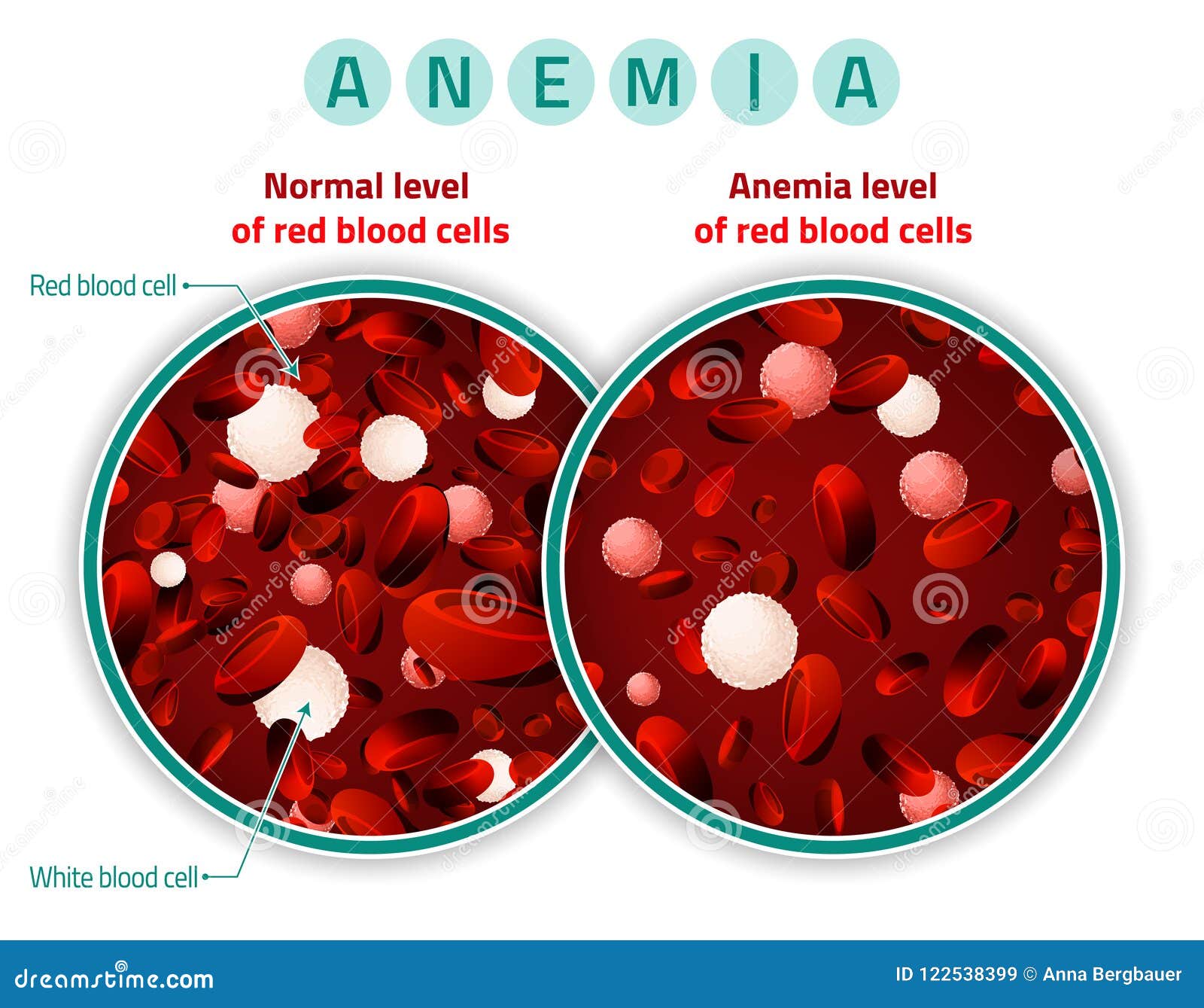
Anemia during pregnancy
Anemia in pregnancy is a condition in which the amount of hemoglobin protein and red blood cells (erythrocytes) is reduced.
Hemoglobin is important because it delivers oxygen to all cells of the body and takes carbon dioxide from them. If there is not enough hemoglobin, then oxygen deficiency (hypoxia) occurs. Naturally, with anemia, not only the body of the expectant mother suffers, but also the child – he also begins to experience hypoxia.
Lack of oxygen can adversely affect the formation of the internal organs of the fetus. A baby who suffered from intrauterine hypoxia may later suffer from respiratory diseases more often, show restlessness, irritability, and tearfulness. Anemia in pregnant women is most often associated with iron deficiency or poor absorption. During pregnancy, the need for this substance increases – iron is actively consumed during the growth of the fetus and placenta. The body of an adult contains about 3-4 g of iron.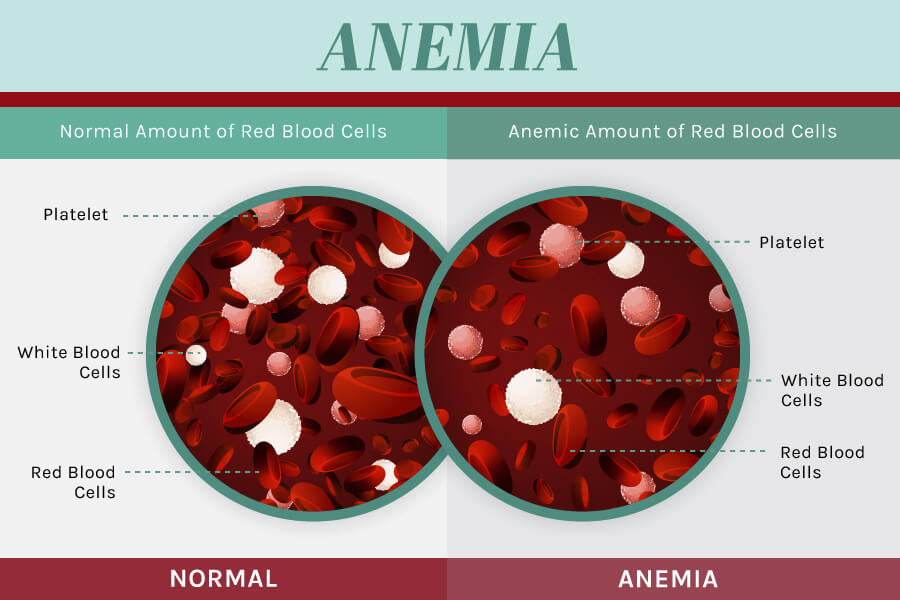 The physiological loss of this substance (with secretions, sweat, exfoliated skin cells, hair) is approximately 1 mg per day, but the body of a pregnant or lactating woman loses up to 7–8 mg during this period.
The physiological loss of this substance (with secretions, sweat, exfoliated skin cells, hair) is approximately 1 mg per day, but the body of a pregnant or lactating woman loses up to 7–8 mg during this period.
The cause of anemia during pregnancy is sometimes a violation of the functions of the gastrointestinal tract: a person can consume enough iron, but the body will not be able to absorb it. In such cases, treatment of internal organs is required, and then – the restoration of a normal level of hemoglobin in the blood. You can find out if the expectant mother has anemia by a general blood test. No wonder doctors ask pregnant women to do such an analysis every month. If the amount of hemoglobin in the blood is less than 110, and the number of red blood cells is less than 3.9, then this indicates an iron deficiency in the body. In this case, the doctor will advise you to take another biochemical blood test to determine the amount of iron in the bone marrow and understand how serious the deviations from the norm are in the woman’s condition and what treatment she needs.
Certain symptoms also indicate anemia:
- weakness may be noted,
- fatigue,
- low pressure,
- dry skin,
- brittle nails and hair,
- bruises under the eyes,
- stomatitis.
If the mother-to-be notices these signs, she should report them to the doctor.
Treating anemia in pregnancy
If a doctor determines that a woman is anemic, he or she will prescribe iron supplements. They need to be taken taking into account some biochemical characteristics of the body. Iron is poorly absorbed in combination with calcium, so milk and dairy products in the diet are limited during the treatment of anemia. 1-2 hours before taking the drug and an hour after, it is necessary to completely exclude the use of such products. Expectant mothers who regularly take multivitamins are surprised by the fact that they have an iron deficiency – after all, this essential element is also included in multivitamins. But the fact is that in combination with other substances, iron is poorly absorbed. Therefore, during the treatment of anemia, multivitamins are usually removed. But iron is well absorbed in combination with ascorbic acid, so many modern preparations contain both iron and ascorbic acid.
But the fact is that in combination with other substances, iron is poorly absorbed. Therefore, during the treatment of anemia, multivitamins are usually removed. But iron is well absorbed in combination with ascorbic acid, so many modern preparations contain both iron and ascorbic acid.
Anemia can be treated for a long time, from three to six months. The fact is that the process of restoring iron stores in the body occurs rather slowly, even after the level of hemoglobin in the blood becomes normal.
Diet for pregnant women with iron deficiency anemia
Pregnant women with iron deficiency anemia, in addition to medication, are prescribed a special diet. From food, 2.5 mg of iron is absorbed per day, while from drugs – 15-20 times more. The largest amount of iron is found in meat products. The iron contained in them is absorbed in the human body by 25-30%. The absorption of iron from other products of animal origin (eggs, fish) is 10-15%, from plant products – only 3-5%.
The largest amount of iron (in mg per 100 g of product) is found in pork liver (19.0 mg), cocoa (12.5 mg), egg yolk (7.2 mg), heart (6.2 mg), veal liver (5.4 mg), stale bread (4.7 mg), apricots (4.9 mg), almonds (4.4 mg), turkey meat (3.8 mg), spinach (3.1 mg) and veal (2.9 mg). A pregnant woman with iron deficiency anemia should adhere to a rational diet. From protein products are recommended: beef, bovine liver, tongue, liver and heart, poultry, eggs and cow’s milk. Fats are found in: cheese, cottage cheese, sour cream, cream. Carbohydrates should be replenished by: wholemeal rye bread, vegetables (tomatoes, carrots, radishes, beets, pumpkins and cabbages), fruits (apricots, pomegranates, lemons, cherries), dried fruits (dried apricots, raisins, prunes), nuts, berries ( currants, rose hips, raspberries, strawberries, gooseberries), cereals (oatmeal, buckwheat, rice) and legumes (beans, peas, corn). Be sure to include fresh herbs and honey in the diet.
Our doctors specialize in the management of somatic pathology during pregnancy, make an appointment with the therapists of the Women’s Health Clinic: 258-03-84;
Iron deficiency anemia consultation treatment at the ID-CLINIC clinic St.
 Petersburg
Petersburg
Iron deficiency anemia consultation treatment at the ID-CLINIC clinic St. Petersburg
Medical appointments
- Syphilidologist
- INFECTIONIST
- Dermatologist
- Therapist
- Cardiologist
- Oncologist
- Endocrinologist
- Neurologist
- Medical certificates
- Ultrasound diagnostics – Ultrasound
- Functional diagnostics
- Urologist
- Venereologist
- Parasitologist
- Mammologist
- All services
Diagnosis
- Gynecology
- Dermatovenereology
- Cardiology
- Neurology
- Oncology
- Therapy
- Urology
- Endocrinology
- Infectology
Treatment
- A
- B
- B
- G
- D
- E
- Yo
- F
- Z
- and
- Y
- K
- L
- M
- H
- O
- P
- R
- C
- T
- W
- F
- X
- C
- H
- W
- W
- E
- Yu
- I
COVID
Full range of medical care for COVID virus infection
CHECK-UP
Full range of comprehensive medical diagnostics
Analyzes
take tests at affordable prices
Preparations
specialized pharmacy
Online
specialized consultation
DISCOUNTS
Only profitable offers for you!
St.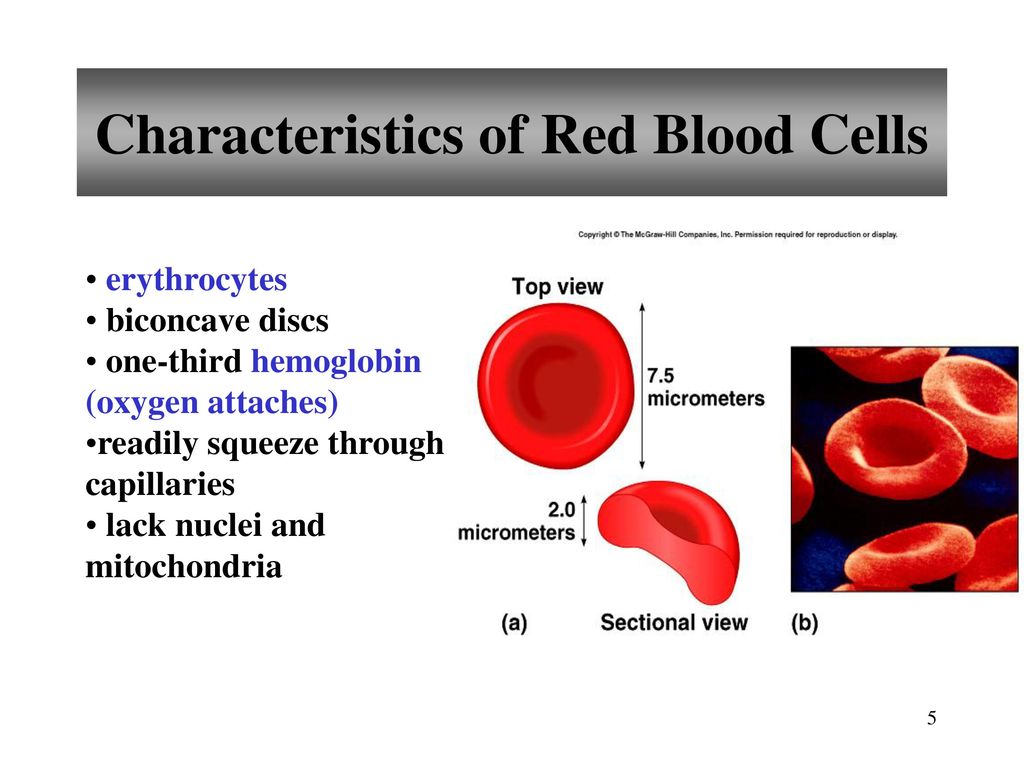 Petersburg, Ivana Chernykh st., 25A
Petersburg, Ivana Chernykh st., 25A
Mon.-Sat. from 9:00 – 20:00, sun. from 10:00 – 18:00
- home
- •
- Treatment
- •
- AND
- •
Iron-deficiency anemia
EXPERT ASSISTANCE
- herpes viruses
- human papillomavirus
- viral hepatitis
- mycobacteriosis
- HIV infection
- intrauterine, parasitic and other infectious diseases
Iron deficiency anemia (IDA) accounts for more than 80% of all anemias in adults and more than 90% in children. This disease is manifested by a decrease in the level of hemoglobin and red blood cells due to a lack of iron in the body. Pregnant women are at risk: 40% of whom suffer from iron deficiency anemia. The disease not only causes unpleasant symptoms in the form of weakness and decreased performance, but is also accompanied by severe impairment of tissue oxygenation.
Pregnant women are at risk: 40% of whom suffer from iron deficiency anemia. The disease not only causes unpleasant symptoms in the form of weakness and decreased performance, but is also accompanied by severe impairment of tissue oxygenation.
Why does IDA occur?
The direct cause of iron deficiency anemia is iron deficiency. This microelement is necessary for the formation of hemoglobin, an oxygen carrier protein contained in red blood cells. At first, the iron deficiency is compensated by the depot, but its own reserves are quickly depleted. As a result, the formation of red blood cells is disrupted, they become small and change their shape.
Risk factors for IDA
All causes of iron deficiency can be divided into 3 groups:
● chronic blood loss during nasal, uterine, gastrointestinal, hemorrhoidal bleeding, as well as in women with heavy menstruation
● violations of the intake, absorption and transport of iron, which is observed with malabsorption, a decrease in the level of blood protein, poor nutrition
● increased need for iron, typical for young children and adolescents, pregnant women, cancer patients
Pathogenesis of the disease
In iron deficiency anemia, erythrocytes perform their main function worse – oxygen transport to all organs and tissues, which causes a variety of unpleasant symptoms. In the absence of treatment and a critical decrease in hemoglobin levels, there is a risk of developing an anemic coma. It is caused by critical hypoxia of the brain, as a result of which a person’s blood pressure drops, consciousness is depressed.
In the absence of treatment and a critical decrease in hemoglobin levels, there is a risk of developing an anemic coma. It is caused by critical hypoxia of the brain, as a result of which a person’s blood pressure drops, consciousness is depressed.
Classification of iron deficiency anemia
According to the stages of development, iron deficiency anemia is divided into iron deficiency, which is characterized by the depletion of microelement reserves in the body, and anemia itself, when a person experiences clinical manifestations of the disease.
According to the severity, there are 3 types of anemia:
● mild — hemoglobin level 90-120 g/l
● medium — hemoglobin level 70-89 g/l
● severe – hemoglobin falls below 70 g/l
Make an appointment
St. Petersburg, Ivan Chernykh st., 25A
Mon-Sat 09.00-20.00, Sun 10.00-18.00
By clicking on the “Sign up” button you agree to the processing of personal data
Online consultation
Convenient way,
at your convenience
By clicking on the “Sign up” button you agree to the processing of personal data
General signs
First, the patient has signs of general anemic syndrome: unexplained weakness, frequent dizziness, shortness of breath with minimal exertion, flies before the eyes.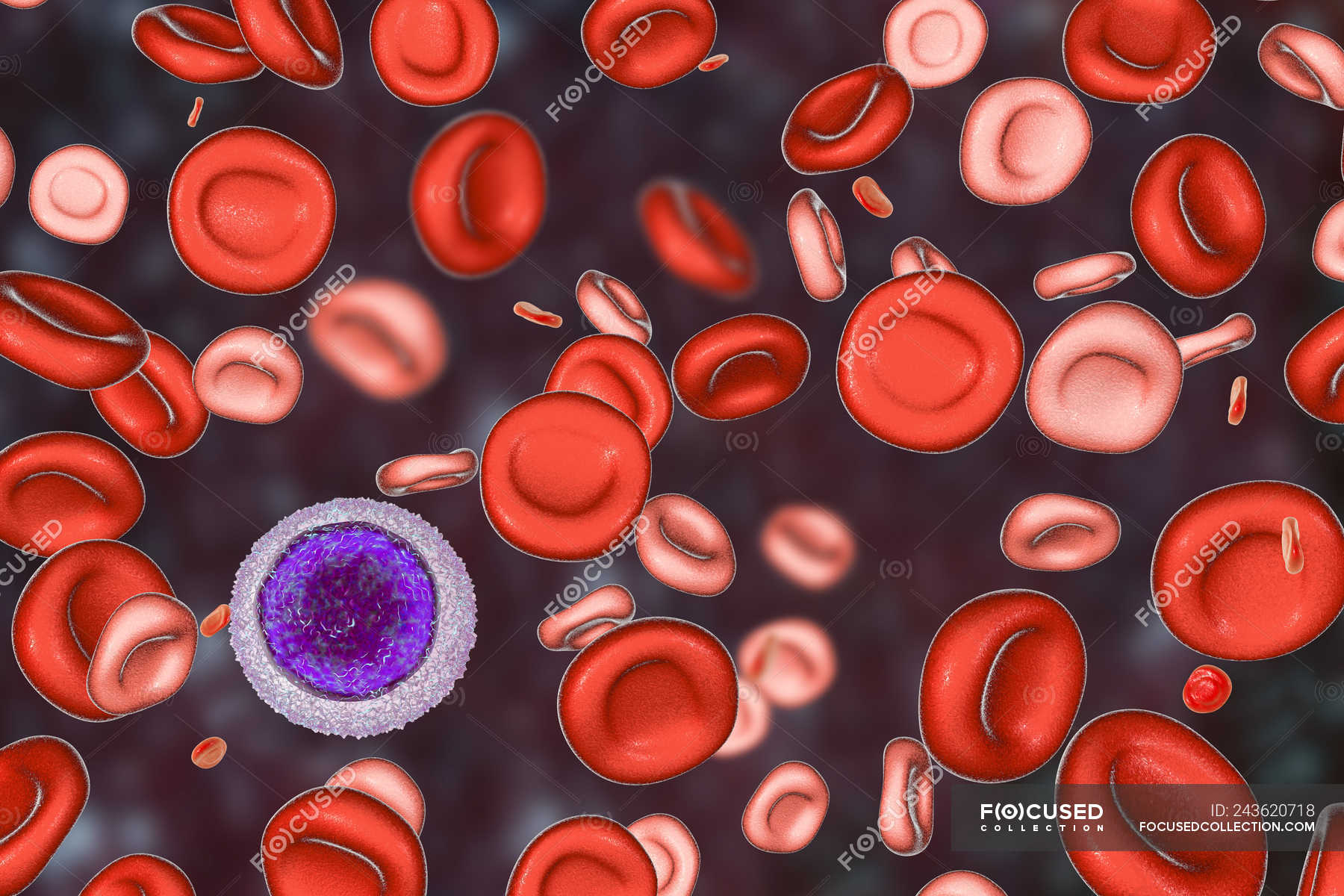 Then memory and attention disturbances, mood swings, and drowsiness are added. The skin becomes very pale, may take on a greenish or bluish tint. A characteristic pattern: the faster the level of hemoglobin in the blood decreases, the more pronounced the symptoms.
Then memory and attention disturbances, mood swings, and drowsiness are added. The skin becomes very pale, may take on a greenish or bluish tint. A characteristic pattern: the faster the level of hemoglobin in the blood decreases, the more pronounced the symptoms.
Other signs of IDA
Iron deficiency affects not only the hematopoietic system, therefore, with a lack of a trace element, patients suffer from sideropenic syndrome:
● peeling and cracking of the skin
● brittle nails
● hair loss
● cracks in the corners of the mouth
● swallowing disorders of dry and solid food
● muscle weakness
● perversion of taste and smell
Doctor’s consultation
If you have weakness, pale skin and other possible signs of anemia, do not put off a visit to a therapist. An initial consultation with a doctor can be obtained online via video link. This is a convenient way to ask questions and discuss how you feel without wasting time driving to the clinic.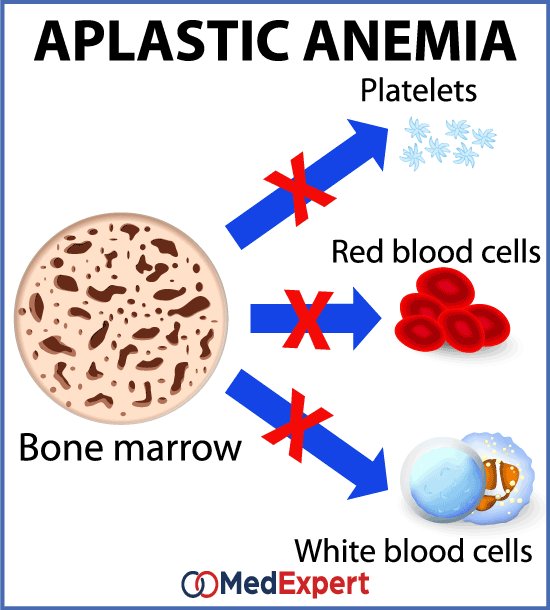 If necessary, the specialist will recommend taking a set of tests. If you wish, you can call a doctor and a nurse at home, where they will carry out all the necessary manipulations.
If necessary, the specialist will recommend taking a set of tests. If you wish, you can call a doctor and a nurse at home, where they will carry out all the necessary manipulations.
IDA diagnostics
● CBC with reticulocytes
● biochemical blood test
● analyzes for the level of iron, transferrin and ferritin
● Vitamin B12 and folic acid tests
● Pelvic and abdominal ultrasound, GI x-ray, chest x-ray, and other imaging modalities that help diagnose the underlying cause of anemia
Treatment of iron deficiency anemia
The basis of treatment is iron preparations, which replace the deficiency of a microelement and normalize metabolic processes in the body. They are prescribed in the form of tablets or in the form of solutions for intravenous administration. At the same time, the specialist gives recommendations on nutrition in order to increase the alimentary intake of iron. If the pathology is associated with a specific cause, the patient is referred to the appropriate specialist.
Make an appointment with a doctor
To get a consultation with a therapist, leave a request in the feedback form on this page. Our administrator will call you back as soon as possible to specify a convenient date and format for the medical appointment.
Cost of clinic services
Inspection
Get service
| A11.02.002 | Intramuscular drug administration | 350 ₽ |
| A11.12.003.001 | Continuous intravenous drug administration | 1000 ₽ |
| B01.047.002 | Appointment (examination, consultation) with a general practitioner, 30 min. | 2500 ₽ |
Online GP consultation | 3000 ₽ | |
| B01.047.001 | Appointment (examination, consultation) with a general practitioner, 60 min. | 3000 ₽ |
Tests
Get service
| 0 | Total iron-binding capacity (TIBC) | 380.00 RUB |
| 0 | Ferritin | 640.00 RUB |
| 0 | Transferrin (Transferrin saturation) | 595.00 RUB |
| 0 | Iron (Ferrum) | 270.00 RUB |
| 1515 | Clinical blood test (general blood test with leukocyte formula (smear microscopy in the presence of pathology) and ESR) | 680.00 RUB |
Other clinic services
Therapist
Ferinject – a new word in the treatment of anemia
Hemoglobin droppers
Anemia of pregnancy
Lavrenchuk Dmitry Vadimovich
Infectionist,
Hepatologist,
Therapist,
PhDMake an appointment
Bortulev Sergey Alexandrovich
Chief doctor of the clinic,
Therapist,
Cardiologist,
Functional diagnostics doctor,
Doctor of the highest category,
Candidate of Medical SciencesMake an appointment
Kiseleva Lyudmila Ivanovna
Therapist,
Pulmonologist,
Ultrasound doctor,
SomnologistMake an appointment
VeliherMarina Georgievna
Therapist,
Ultrasound doctor,
Somnologist,
Psychologist,
RabiologistMake an appointment
Unguryan Nikolai Ivanovich
Therapist,
Clinical psychologist,
Psychiatrist-narcologistMake an appointment
KononchukOlga Nikolaevna
Infectionist,
Hepatologist,
Therapist,
Phthisiatrician,
Functional diagnostics doctor,
Doctor of the highest category,
Candidate of Medical SciencesMake an appointment
All specialists
Read reviews
Promotions and special offers
Stories and reviews of our patients
User (SberHealth)
Everything was fine at the reception.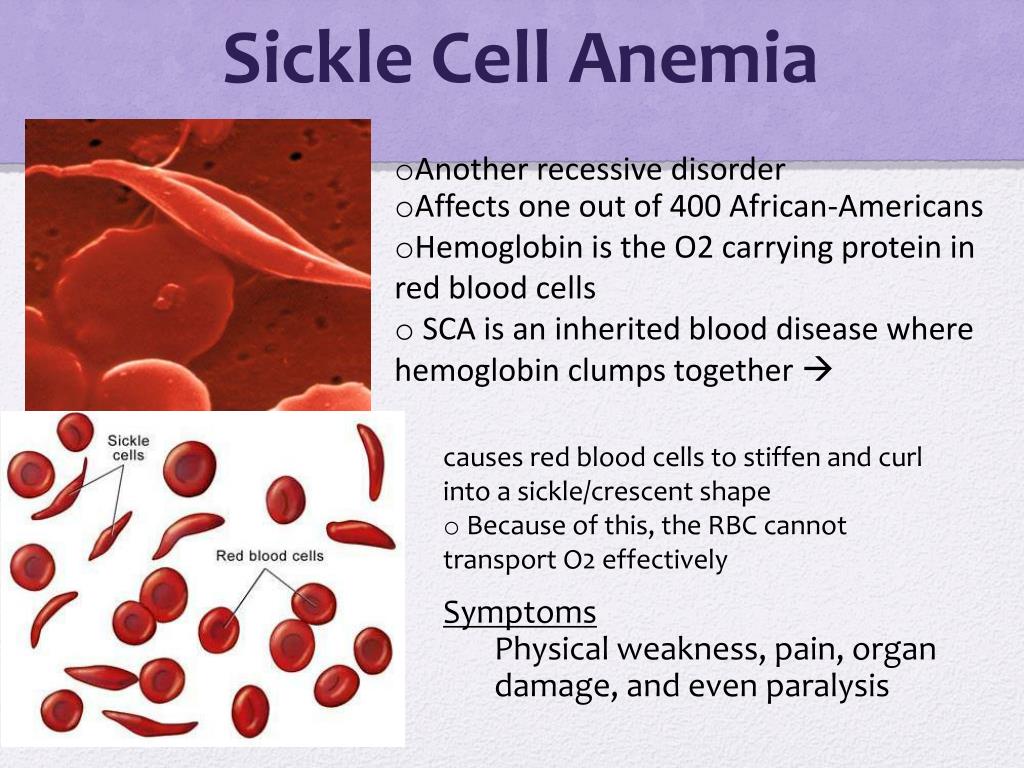 At the reception, Ruslan Valentinovich ordered tests. I already gave them up. Tomorrow I will go there again, I will send the results of the tests. As a result, the doctor helped in solving my problem. I can recommend this specialist.
At the reception, Ruslan Valentinovich ordered tests. I already gave them up. Tomorrow I will go there again, I will send the results of the tests. As a result, the doctor helped in solving my problem. I can recommend this specialist.
Specialist:
Shaigorodsky Ruslan Valentinovich
Prodoctorov
I have been here before, but today I brought my mother and at the same time donated blood for antibodies to covid-19. I don’t have the best veins, but the nurse is amazing. Fast, painless! Mom was at the appointment with the infectious disease specialist Savchenko M.A. The doctors are knowledgeable, the administrators are polite, the environment is beautiful.
User
Vaccination
My husband and I went to ID-CLINIC for vaccination. Before that, clinics were called for two days and faced a lot of problems: some did not have the necessary vaccines or one vaccine at one address, and another at another. Cannot provide an international certificate. Before vaccination, a consultation with a therapist is required, for which you need to pay extra, despite the fact that the cost of the vaccine is high.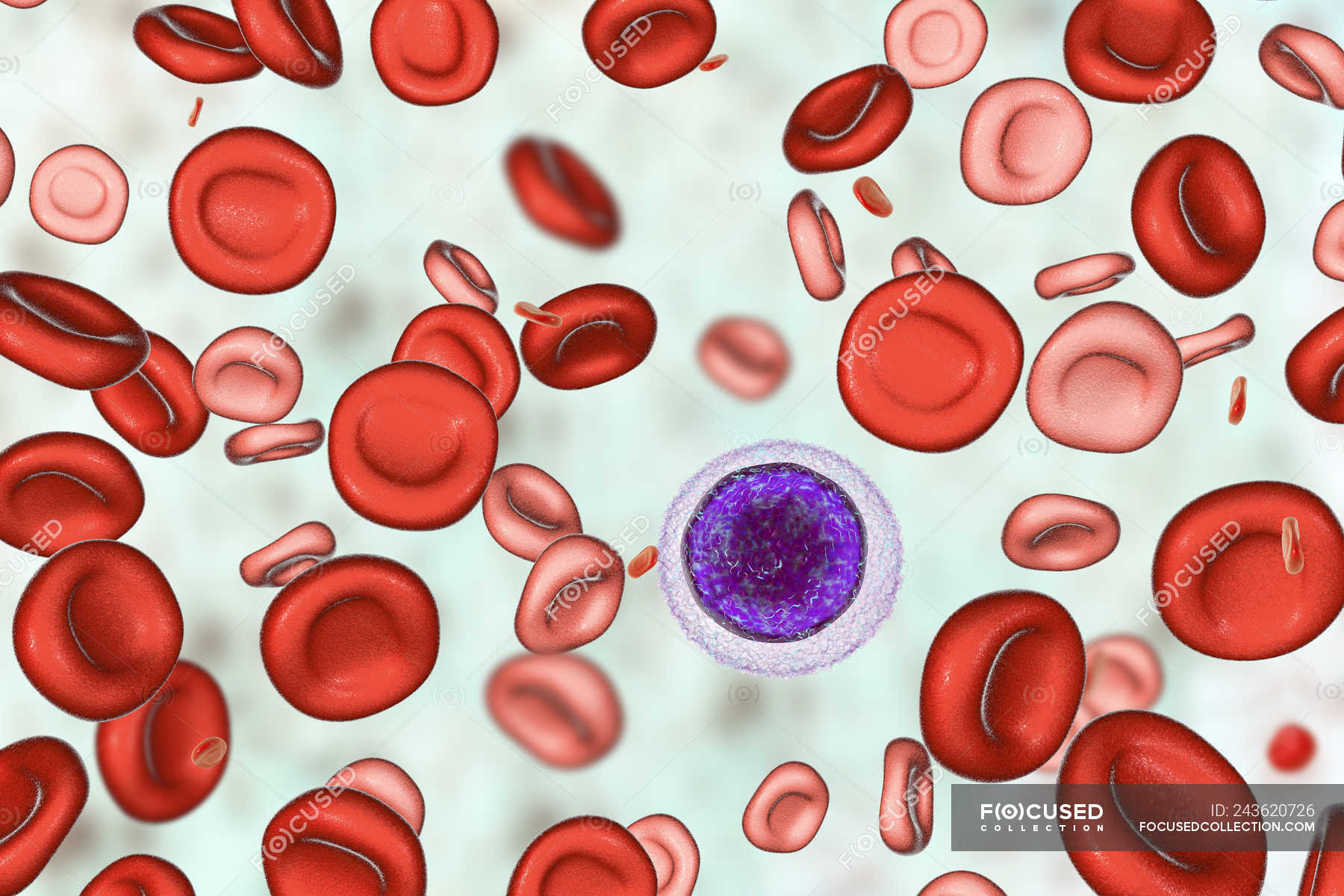 Sunday is not ready to accept. It is necessary to register in advance. To receive information, you need to wait a long time, because. The call goes through the dispatcher. All the problems that were described above were easily resolved after a call to ID-CLINIC. The administrator of the clinic answered the call, quickly gave all the necessary information: the necessary vaccines are available, the international certificate will be issued, the consultation of the therapist is free, pre-registration is desirable, however, she immediately looked at the doctor’s schedule and invited me to come (it happened on Sunday). At the same time, the level of prices for the vaccines we were interested in was at the level, and for some even lower than in the previously viewed clinics. My husband and I immediately went, despite the fact that the clinic is located on the other side of the city from us. Quickly found, because. the entrance is directly from the street, and the house is small. Inside is very clean, quiet, comfortable waiting room.
Sunday is not ready to accept. It is necessary to register in advance. To receive information, you need to wait a long time, because. The call goes through the dispatcher. All the problems that were described above were easily resolved after a call to ID-CLINIC. The administrator of the clinic answered the call, quickly gave all the necessary information: the necessary vaccines are available, the international certificate will be issued, the consultation of the therapist is free, pre-registration is desirable, however, she immediately looked at the doctor’s schedule and invited me to come (it happened on Sunday). At the same time, the level of prices for the vaccines we were interested in was at the level, and for some even lower than in the previously viewed clinics. My husband and I immediately went, despite the fact that the clinic is located on the other side of the city from us. Quickly found, because. the entrance is directly from the street, and the house is small. Inside is very clean, quiet, comfortable waiting room. The administrator quickly completed the necessary documents and invited to the doctor. Doctor Selivanova M.A. answered all my questions in detail and clearly. The doctor is a very pleasant person, polite and attentive. The dialogue was built without the elements of intimidation, without creating psychological tension, which I often feel when visiting paid clinics. The doctor showed attention and care, gave recommendations, while I did not feel the slightest hint of imposing additional or more expensive services. For me, this attitude was a nice bonus to the feeling that I was in the hands of a professional. I will note the excellent work of the procedural sister, clearly, confidently, very carefully. After vaccinations, my husband and I were offered hot tea and sweets. We were asked to take some rest in the hall. After the doctor made sure that we were feeling well, we were given documents and recommendations.
The administrator quickly completed the necessary documents and invited to the doctor. Doctor Selivanova M.A. answered all my questions in detail and clearly. The doctor is a very pleasant person, polite and attentive. The dialogue was built without the elements of intimidation, without creating psychological tension, which I often feel when visiting paid clinics. The doctor showed attention and care, gave recommendations, while I did not feel the slightest hint of imposing additional or more expensive services. For me, this attitude was a nice bonus to the feeling that I was in the hands of a professional. I will note the excellent work of the procedural sister, clearly, confidently, very carefully. After vaccinations, my husband and I were offered hot tea and sweets. We were asked to take some rest in the hall. After the doctor made sure that we were feeling well, we were given documents and recommendations.
The overall impression is very positive. We thank the staff of the clinic!
Specialist:
Selivanova Marina Andreevna
Victoria
I made an appointment with the doctor because she is related to my chronic illness. I was not mistaken that I signed up with her. She helped me figure out my issue and suggested what to do. I really liked the reception and her attitude to her work, because all the attention was paid to me and my problem, so the reception went just fine.
I was not mistaken that I signed up with her. She helped me figure out my issue and suggested what to do. I really liked the reception and her attitude to her work, because all the attention was paid to me and my problem, so the reception went just fine.
Specialist:
Teslya Olga Vladimirovna
DocDoc user
Excellent, friendly, professional, sociable, attentive and very good doctor. I went to her for a medical pedicure. She gave me care instructions. I would go to the doctor for an appointment again, with great pleasure. Remained satisfied! The appointment lasted an hour.
Specialist:
Bortuleva Victoria Valerievna
Olga Mikhailovna
I express my gratitude and respect to the doctor Marina Georgievna Veliher. The doctor showed high professionalism, a systematic approach and deep human responsiveness. A worthy combination of youth, thoughtfulness and knowledge.
Specialist:
Veliher Marina Georgievna
User (SberHealth)
Veronika Anatolyevna is a pleasant doctor.